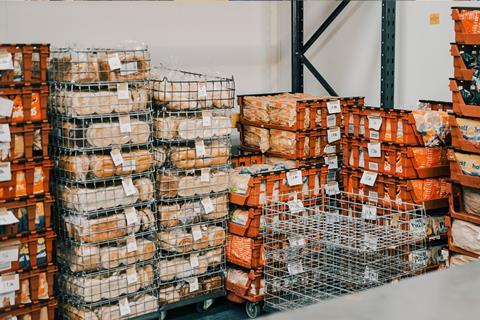
How supermarkets redistribute their surplus food has sparked intense debate in the past week. A recent report accused supermarkets of dumping large volumes of inedible and damaged surplus food onto food redistribution charities, allowing retailers to report reduced waste while avoiding paying for its disposal.
There was pushback from many redistribution organisations, who argued that most food donated by supermarkets is edible, and helps to reduce overall food waste, as well as alleviate food poverty.
Whatever the final verdict, supermarkets must recognise that redistributing unsold food is just one part of the solution. Food waste occurs throughout the food value chain and there are powerful opportunities for supermarkets to help cut waste and emissions at every stage – on farms, during transportation, in supermarket stores and customers’ homes.
Food waste is an urgent issue
Tackling food waste is essential for both planetary and human health. Currently, around one-third of all food produced globally is lost or wasted, representing 8%-10% of global emissions. To meet the food security needs of a growing global population and limit global warming below 1.5C, the UN’s Food and Agriculture Organization says we need to halve retail and consumer food waste by 2030.
The good news for supermarkets is that it makes commercial sense. Food waste already costs the UK economy around £20bn every year. It also exacerbates climate change, food insecurity and the depletion of finite natural resources like land and water – all of which poses a risk to supermarkets, whose business models depend on the reliable supply of affordable, nutritious food.
Supermarkets are rising to the challenge
Fortunately, retailers are already beginning to act. In an assessment of the world’s 10 largest supermarkets by revenue, the Carbon Trust found all 10 have targets to reduce food waste this decade, with nine committing to cutting 50% of operational food waste by 2030 or earlier (in line with the UN milestone).
Moreover, all 10 are donating unsold food to food banks and other food redistribution organisations. For food that is still good to eat, redistribution is a good option. The Carbon Trust calculated that by redistributing 6.7 tonnes of food, UK charity FareShare avoided over 10,000 tonnes of carbon from being released.
That said, supermarkets must separate edible from inedible food before donating it, to avoid passing the buck onto charities. Any food that cannot be donated might be fit for repurposing – think croutons from stale bread and animal feed from grains and vegetables.
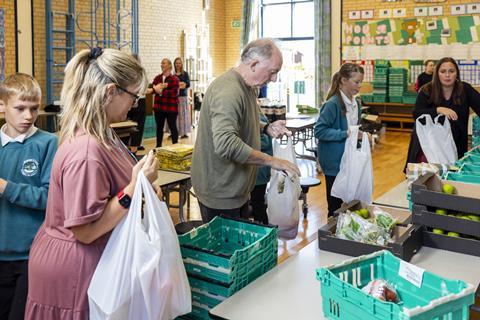
Prevention is the priority
However, in addition to finding a home for unsold food, the strongest plans look to prevent food waste in the first place. Seven of the 10 supermarkets assessed by the Carbon Trust outline plans to help reduce upstream (on-farm) food waste. These companies are encouraging suppliers to set food waste reduction targets or minimising over-ordering by improving demand forecasting.
But there is more they could do. Multiple tools are available to help businesses calculate the amount of food lost on farms and the emissions associated with it. Supermarkets should start by identifying the products, regions and stages where most food loss occurs in their supply chains and then target measures accordingly. These measures might include committing to purchase everything a farmer produces (currently many contracts allow supermarkets to reject produce for cosmetic reasons or if their forecasts have changed) or shortening supply chains to minimise spoilage during transportation.
Behaviour change in households
Customer engagement is the other side of the coin. Demand for variety, quality and convenience – including fully stocked shelves, products with no cosmetic defects and produce available out of growing season – is driving food waste.
Consumer-facing campaigns promoting ‘wonky’ or ‘ugly’ produce are welcome, but supermarkets can also help address the 60% of UK food waste which occurs in households. Tactics could include encouraging customers to buy loose produce and ensuring promotions don’t incentivise shoppers to buy more than they need, educating customers on the difference between ‘best before’ (which indicates quality rather than safety) and ‘use by’ dates, and sharing other practical tips.
Given the resource and carbon intensity of food production, making sure as little food as possible is wasted is essential. But in the debate around food waste, we mustn’t overlook the importance of how food is produced in the first place. Food production is by far supermarkets’ biggest contribution to the emissions causing climate change. However, while all 10 of the supermarkets we assessed had plans for reducing food waste, only four had detailed plans to support suppliers to decarbonise agriculture.
Nonetheless, as supermarkets strive to tackle food waste, they will need to radically rethink how they engage with all other players in the food system, including food redistribution organisations, but also food producers and customers.
The theory and tools are there to halve food waste by 2030, feed a growing population and get closer to net zero. The world’s household names are already taking positive steps – but it will take real leadership and collaboration to get there in practice.
Chloe St George is a senior communications and research analyst at the Carbon Trust



![XOXO-Product-Shot[ALL FLAVOUR]-Sky-1920x1080](https://dmrqkbkq8el9i.cloudfront.net/Pictures/274x183/4/9/2/355492_xoxoproductshotallflavoursky1920x1080_806584_crop.jpg)
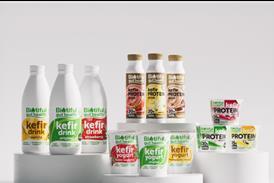


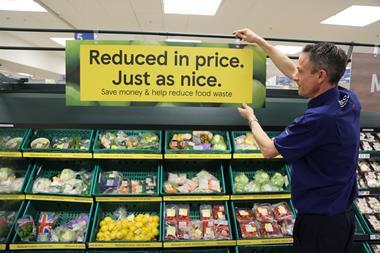
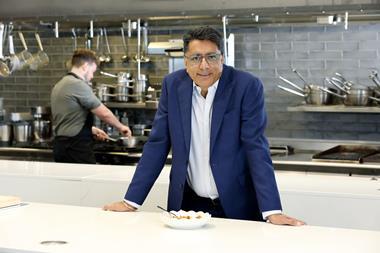


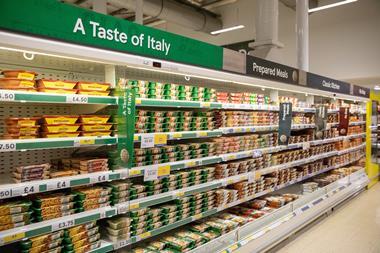
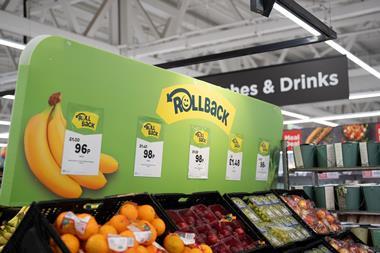



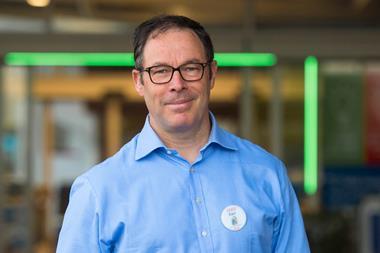


No comments yet